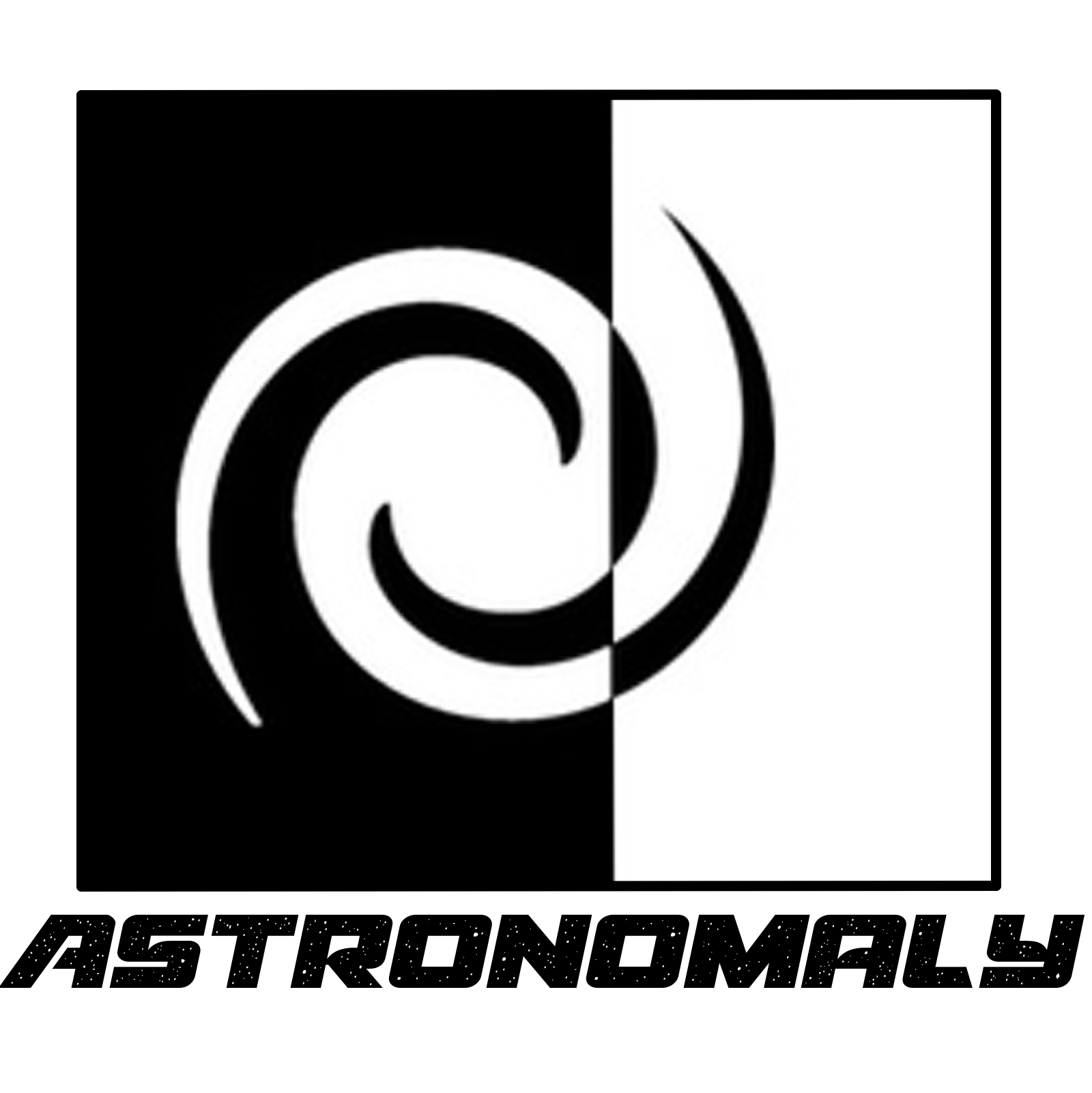A flexible framework for anomaly detection in astronomy.
Astronomaly is made up of two components: a python backend housed under "astronomaly", which can be used as a standalone library or in conjunction with the JavaScript frontend, housed under "webapp".
Astronomaly is being actively developed and may contain bugs or instabilities! I strongly recommend getting in touch with me if you're planning to use the code so I can help support you. Also if you're looking for light curve analysis (such as used in https://arxiv.org/abs/2008.04666), this is still being worked into Astronomaly and will be supported in future.
Clone or download the Astronomaly repository:
git clone https://github.com/MichelleLochner/astronomaly/
Navigate to the Astronomaly folder.
Make sure you've installed virtualenv to create virtual environments with native python.
Create the virtual environment:
virtualenv venv_astronomaly
Activate the environment:
source venv_astronomaly/bin/activate
Install required packages:
pip install -r requirements.txt
Create a new environment:
conda env create -f astronomaly_env.yml
Don't forget to activate the environment:
activate astronomaly
Install the code:
pip install .
Run the Galaxy Zoo example:
python astronomaly/frontend/run_server.py astronomaly/scripts/galaxy_zoo_example.py
After running, you should see output tell you to open your browser at a particular address, usually http://127.0.0.1:5000/.
Explore the web interface!
The python documentation is hosted here: https://astronomaly.readthedocs.io/en/latest/
Please cite Lochner and Bassett (2020) if you use Astronomaly (https://arxiv.org/abs/2010.11202).
Thank you to Sara Webb for designing the logo!
